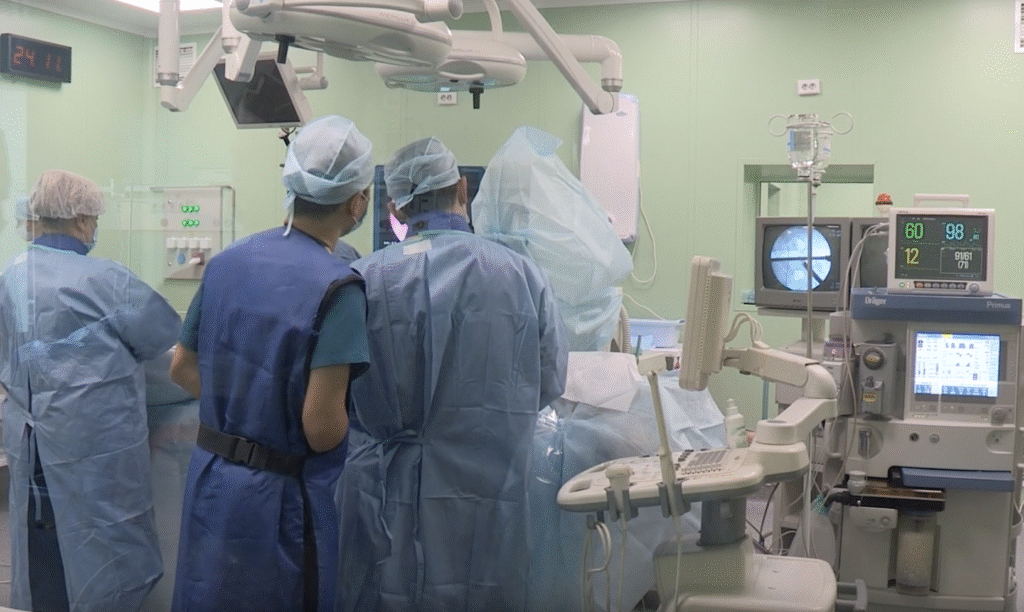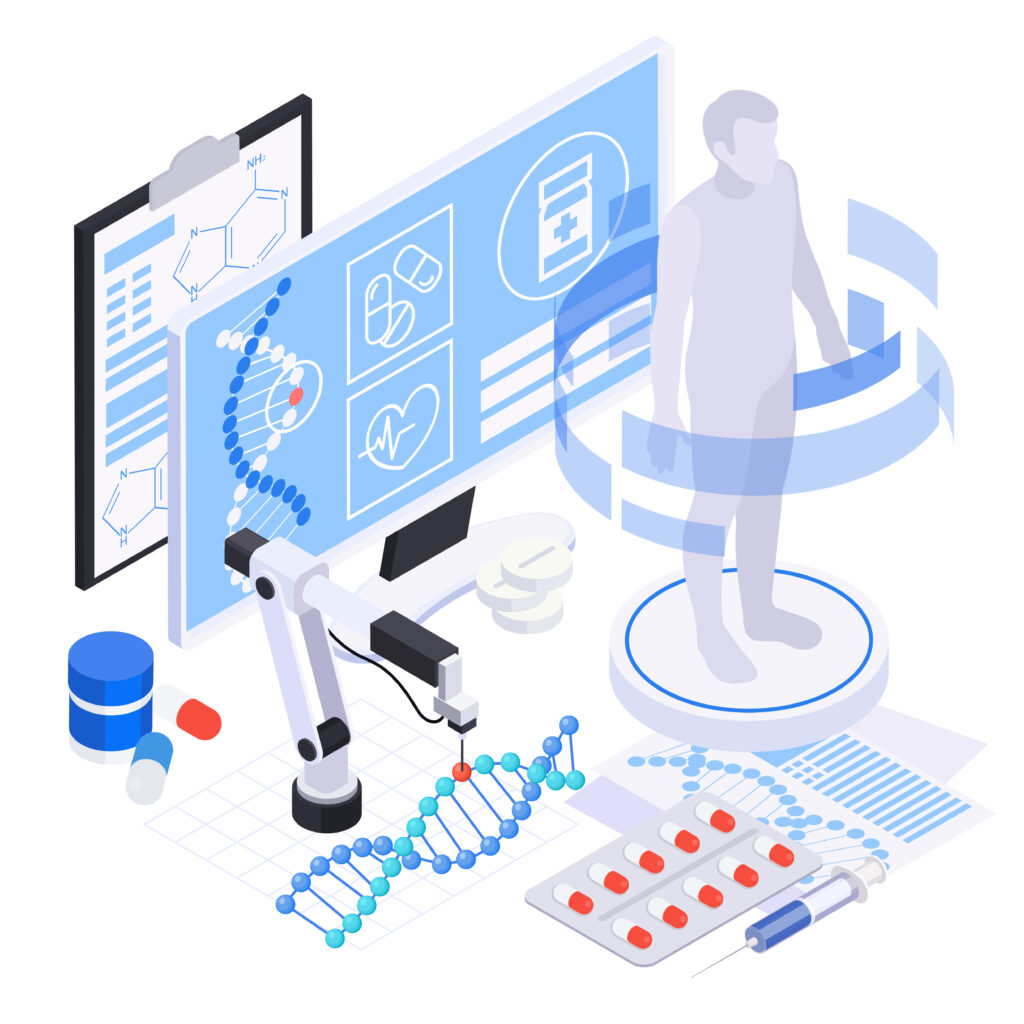If you’ve been invited to a medical device sales or clinical ride-along—Congratulations! You have passed the interview test and are now at a critical stage of the hiring process. This experience isn’t just a formality. It’s a live audition where hiring managers assess your comfort level in a live clinical environment, your ability to adapt in rapidly changing situations, and your level of professionalism throughout the experience. They are also paying close attention to your level of motivation, ability to learn, and how you fit into the existing MedTech team. If you nail the ride-along, in many cases, a formal offer is the result—and you’ll be on your way to a career in one of the fastest-growing sectors of healthcare, as noted in the Medical Device Industry Overview. There’s a lot at stake, but these MedTech ride-along tips will set the stage for a successful day.
1. Research the Company, Product, and Procedure BEFORE the ride-along
- Visit the company’s website and review flagship products and their clinical applications.
- Learn about competitors and how the products differ, and review the FDA medical device classification guidelines to understand whether you’ll be observing a Class I, II, or III device.
- Study the specific procedure you’ll be observing—whether it’s cardiac device implantation, orthopedic surgery, or minimally invasive diagnostics—by reviewing reputable sources like Johns Hopkins’ procedure library.
- Learn the language-Even if you won’t speak during the procedure, being familiar with terms like sterile field, C-arm, stent delivery system, or implantable pulse generator will make post-case discussions more impactful. You aren’t expected to be an expert yet, but knowing the language and the landscape will showcase your motivation and keep you engaged in the action.
2. Dress for Success Means Professionalism and OR Readiness
Remember: First impressions start the moment you meet the representative you’re shadowing. A typical day can involve both clinical procedures and business or product-related discussions in an office setting. Being prepared for both means:
- Business casual attire for arriving and leaving the facility
- Closed-toe, non-slip shoes in a neutral color
- Minimal jewelry, neutral grooming, and no strong fragrances
- Bring a clean set of scrubs if instructed in advance
3. Follow OR Etiquette Without Fail
The operating room is one of the most controlled environments in healthcare. There is zero tolerance here for deviation. Some devices and procedures are complex and higher risk. Complications can occur and rapidly turn emergent. It’s essential to demonstrate you can remain calm under procedural pressure. Common OR etiquette for MedTech candidates includes:
- Never touch or cross the sterile field
- Keep your voice low and conversations minimal during active procedures
- Store your phone away unless given explicit permission to use it
- Stand where directed, avoid blocking staff or equipment
- Follow all hospital protocols regarding hair covers, masks, and shoe covers, as outlined in the AORN surgical attire guidelines and operating room etiquette best practices.
4. Observe Interaction Styles
One of the most valuable things you can learn is how the MedTech professional interacts with the healthcare team. Their ability to navigate many professionals in various roles quickly sheds light on how they become integrated in the environment and conduct business with their customers.
- Sales reps: Watch how they build rapport with surgeons and handle questions about product features.
- Clinical specialists: Observe how they support the procedure by providing technical guidance without interrupting workflow.
5. Ask the Right Questions—At the Right Time
Timing is everything. You want to show curiosity without overstepping. Avoid interrupting the procedure with questions. Instead, after the case:
- Ask specific product or process questions (e.g., “What challenges does the surgeon face when using this device?”).
- Inquire about the training process for new hires in similar roles.
6. Treat It Like a Final Interview
While there may not be a visible formal scorecard, you are definitely being evaluated on how you check important boxes. The rep you shadow will share their impressions with their hiring manager and team. This is never more important than if the role you are going for is to be a part of the local team you are shadowing with. They are deciding whether you would be an asset or a liability to them and their business.
- Ask them questions
- Respect their customer
- Maintain professionalism at all times
- Engage without distraction
- Be helpful, not a hindrance
7. Follow Up with Gratitude
Within 24 hours, send a thank-you email that includes:
- Appreciation for their time and insight
- A specific takeaway from the experience
- Reinforcement of your enthusiasm for the role
Example:
“Thank you for allowing me to join your cases today. Observing the interaction between the surgical team and the device in action reinforced my excitement about joining [Company Name]. I particularly appreciated learning how the team adapted the product setup for different patient needs—it’s clear how much expertise is required in this role.”
Whether your career goal is in medical device sales or clinical field support, mastering ride-along preparation and OR etiquette will set you apart from other candidates. A MedTech ride-along is more than job shadowing—it’s a performance evaluation in a real clinical environment. For more industry networking and training resources, explore the Association for the Advancement of Medical Instrumentation (AAMI)











